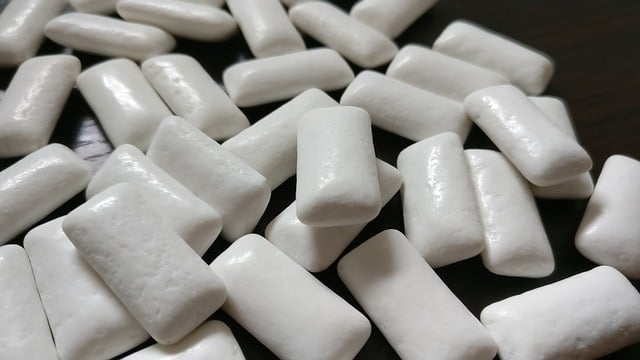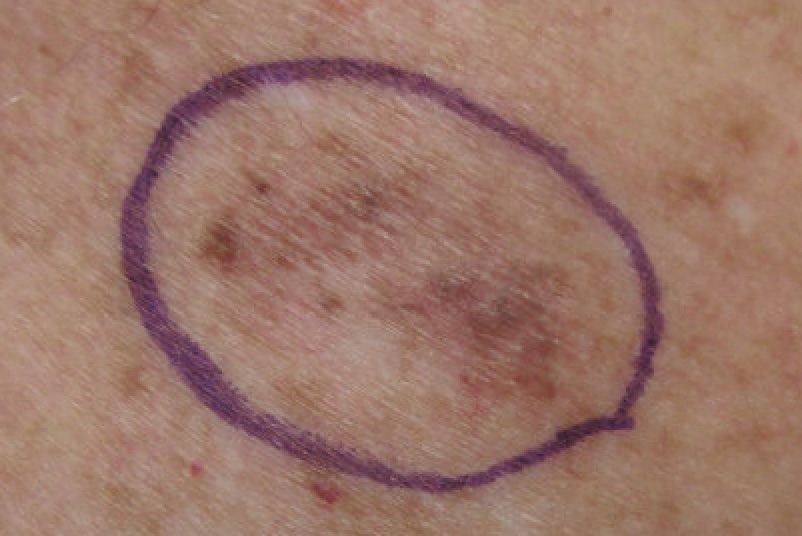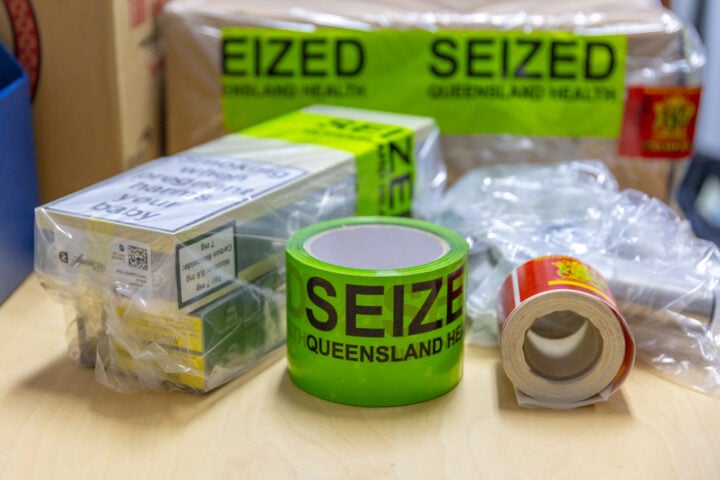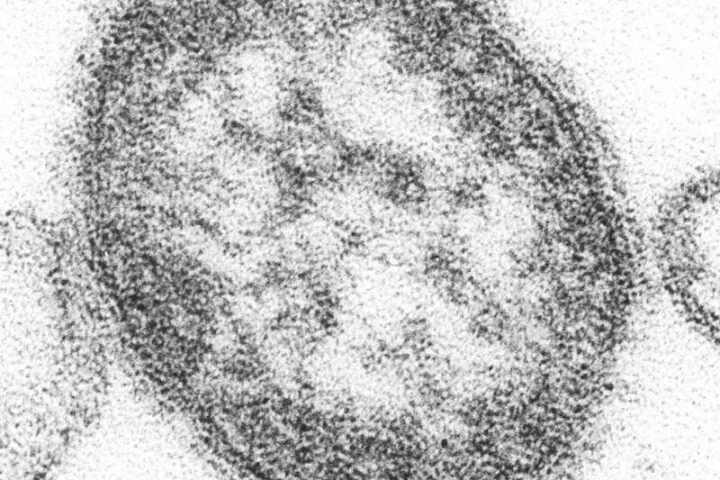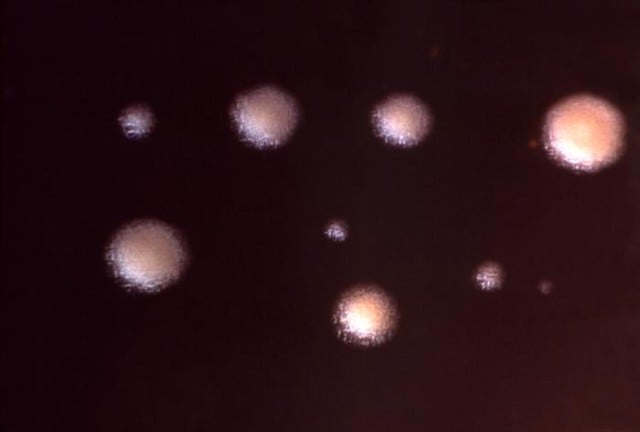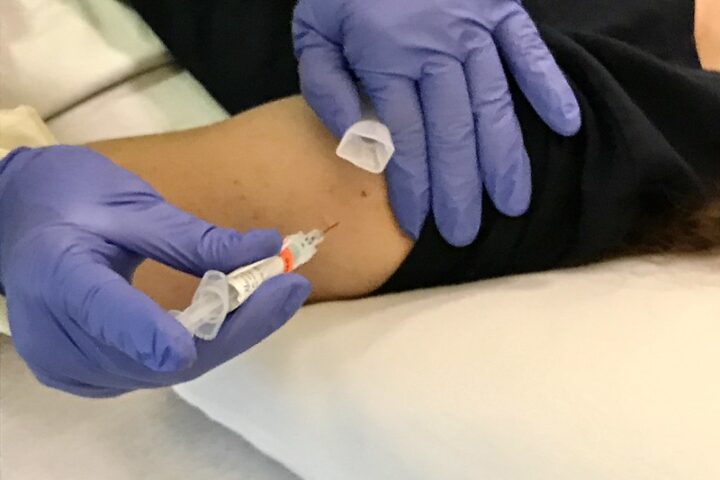Modern life is complex. To release tension, we tend to resort to some device. Chewing gum is one of these devices. Cricketers are seen having a chewing gum while playing.
But this seemingly harmless chewing gum can shed microplastics into saliva. This fact is found in a pilot study. The project was led by Sanjay Mohanty, an engineering professor at the University of California, Los Angeles (UCLA).
While presenting the results of their research at the American Chemical Society (ACS) spring meeting held March 23-27, Mohanty said, “Our goal is not to alarm anybody. Scientists do not know if microplastics are unsafe to us or not. There are no human trials. But we know we are exposed to plastics in everyday life, and that’s what we wanted to examine here.”
Animal studies and studies with human cells show that microplastics could cause harm. So while we wait for more definite answers from the scientific community, individuals can take precautions.
Similar Posts
The study highlights the release of microplastics from chewing gum into saliva. There is a growing concern regarding microplastics contamination and its potential health implications.
The pilot study of ACS used scanning electron microscopy as methodology. The focus of the study was “the gum base” and its composition.

On average, 100 microplastics were released per gram of gum. Some pieces released 600 microplastics per gram. An average piece of gum weighs between two and six grams. It means that a large stick of gum could release up to 3,000 plastic particles.
The study is under peer review at present. But there is a clear need for further research in this subject of public interest.
